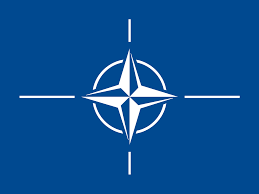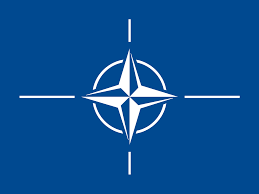Army General Advocates for Dedicated Data Formations in Modern Warfare
In an era where data is increasingly being recognized as a crucial component of combat effectiveness, a top United States Army general has called for the establishment of dedicated formations focused on data management and analysis. In a recent address exploring the evolving nature of warfare, Major General John D. Barlow highlighted the importance of treating data as a vital military asset, paralleling the significance of traditional ammunition on the battlefield.
General Barlow articulated that the future of warfare will largely hinge on the Army’s ability to process and leverage vast arrays of data from a myriad of sources. This includes sensor data from advanced surveillance technologies, information gathered from social media platforms, and real-time operational feedback. The general emphasized that mastering this data would enhance situational awareness and decision-making capabilities, thereby providing a significant tactical edge over adversaries.
To illustrate the potential of data as a weapon, General Barlow pointed to successful instances where data-driven insights led to improved outcomes in military engagements. He noted that during recent operations, units that utilized data analytics effectively were better prepared to anticipate enemy actions and react accordingly. This rapid response capability underscores the necessity for a dedicated approach to data management within the Army.
The concept of forming specialized data units has gained traction among defense leaders who recognize that traditional organizational structures may be inadequate for the complexities of modern digital warfare. By developing dedicated data formations, the Army could ensure that resources are specifically allocated to harness data’s full potential, thus transforming it from a passive resource into an active strategic advantage.
In addition to facilitating more rapid analysis and deployment of data-driven strategies, these formations would also be responsible for training personnel on data analysis tools and techniques. General Barlow expressed the need for a workforce that is not only technologically savvy but also adept in data synthesis and interpretation.
Furthermore, the general’s vision aligns with broader military modernization efforts aimed at integrating advanced technologies into operational frameworks. As the Pentagon continues to invest in artificial intelligence (AI), machine learning, and big data technologies, the establishment of dedicated data units could serve as a catalyst for deeper integration of these innovations into military strategy.
The implications of General Barlow’s proposal extend beyond internal military procedures. As the distinction between conventional and unconventional warfare continues to blur, developing robust data capabilities could redefine how the Army engages with both allies and adversaries. The call for dedicated data formations highlights a transformative shift in thinking, advocating for the Army to evolve in step with the fast-paced technological landscape that characterizes contemporary conflict.
In conclusion, as warfare increasingly relies on data to enhance combat effectiveness, establishing specialized formations within the Army focused on data operations may be a critical step toward maintaining strategic advantage on the battlefield in the years to come.
Source


